Cypress - what is this plant and how to grow it?
Usually, at the mention of cypress, a tall evergreen tree arises in the mind, which is planted along the sides of the alleys, for a single decorative decoration or along the central streets of the city. But these are not isolated specimens that exist in the cypress family.
Dwarf cypress trees in the form of bonsai... Therefore, for people who are interested in decorative varieties of a miniature tree, it will be interesting to learn about the cultivation, planting and types of cypress.
Content
- Description and types of cypress
- Growing conditions
- All about planting cypress
- How to properly care for a tree?
- Diseases and pests, the fight against them
- What properties does cypress have?
Description and types of cypress
Cypress - what kind of plant is it and what are its features? In wildlife, there are approximately 14 to 29-30 different species of long-liver, these stately beauties are common everywhere. They can be found in Asia, North America and Europe. Cypress is a tree that has the ability to live a long century, far exceeding a century. Some long-livers have existed for 300 years or more. The origin of the plant is ancient, so its true homeland remains a mystery to mankind to this day.
Almost all varieties are erect varieties with a pyramidal crown.
Others are curvaceous with branchy branches. In natural living conditions, the tree stretches up to 30 m, and on a personal plot it varies from 2.5 m to 5-6 in height.
The branches that make up the skeleton are located close to the trunk, grow just like the tree itself, so there is such a feeling of an erect candle. The side branches on the branches are very soft and flexible. They branch in different directions, without interfering with each other, while they are covered with small fern-like leaves. The color of the cypress needles is rich in green tones.
In young plants, the leaves are small needles. After the tree matures, the branches are covered with small scales. As it matures, the tree becomes more and more decorative.
Cypress unlike many decorative deciduous plants, it is distinguished by the possession of bisexual cones of a round format, grayish tint. Each cone is not more than 3.5 cm in diameter, the surface of the cone is represented by rough thyroid scales. When opening each division, several seeds are located inside. Cones ripen only in the second year of the tree's life.
On the one hand, cypress is recommended to be planted in your own garden plot, it releases phytoncides, purifies oxygen and absorbs harmful substances. But on the other hand, its flowering in humans causes an allergic reaction. Children especially often suffer in such a situation.
To ennoble the territory, in the form of plantings of an ornamental plant, several varieties of cypress are used:
- Arizona - it is a frost-resistant plant that can withstand up to -20C. The tree can perfectly tolerate drought on hot days.
- Evergreen (ordinary) - it does not care about the composition of the soil substrate and the presence of an abundance of sunlight, but the tree is demanding for heat and high humidity.
- Large-fruited - it can withstand temperatures up to -150C, but at the same time it does not tolerate dry days, it requires an abundance of moisture.
- Govena (California) - cypress is shade-tolerant, not demanding on an increased amount of moisture.
- Italian - cannot grow in the shade, it needs constant exposure to sunlight.
- Kashmir - picky about watering, does not tolerate cold, needs shelter for the winter.
- McNaba - withstands a large drop in temperature (up to -25 C), feels great in hot summer, does not need frequent additions of nutritious moisture.
- Mexican (Lusitanian) - needs high humidity and sunlight.
- Siberian - not very tall, but has a spreading spherical shape.
Some species are grown outdoors, others are planted in containers for indoor use. In most cases, the plant is purchased in an already grown seedling. But if there is a desire, the tree can be grown independently with the help of seed material.
Growing conditions
When planting a seedling, it is required to create full-fledged living conditions for it. To do this, you should adhere to the basic rules:
- Location - it is recommended to shade a small seedling from the baking rays on hot summer days. Otherwise, there is a chance that delicate branches will acquire sunburn. In an open area, it is recommended to plant the plant in such a way that the tree is under the sun in the first half of the day, and is hidden at noon. It is best if you plant the plant in an area where there is no constant draft. When planting a tree in the shade, its decorative effect is lost, the plant begins to stretch.
- Temperature - for planting cypress, the optimal living condition in summer is +23 .. + 26 C. If the plant is grown in a flowerpot, in room conditions, then the temperature must be lowered to +5 C.
- Soil for planting - the optimal condition for planting will be a mixture of deciduous soil, peat and large river sand. Loose soil, which is good for moisture and air, is better suited. In heavy soil, there is a chance of death of a young seedling.
- Pot - if the plant is grown indoors, then you should choose the optimal size of the flowerpot. This requires taking into account the size of the rhizomes. The container should be 3-4 sizes larger. An ideal option would be a clay flowerpot, this is due to the fact that it freezes well into the soil substrate in winter and dries quickly in summer.
If all the conditions for growing are met, then there is an opportunity to get a beautiful ornamental plant.
All about planting cypress
In order not to ruin the planting material during planting in a container or open ground, it is required to adhere to certain rules and requirements:
- Rooting of the acquired seedling is best done in the spring. April is perfect. When planting in a flowerpot, earlier dates are also suitable, provided that the seedling will be in a room with a temperature regime of +18 .. + 20 ° C before the appearance of warm days.
- When landing in open ground, the April heat will do just right. At this point, the soil will warm to a depth suitable for rooting the seedling, but will still retain saturated moisture during the winter months. April is the time when the last return frosts have already passed and the young seedling will have time to release roots and take root well before the onset of the summer heat.
- For planting planting material, you should choose sprouts with good root system... It is recommended to pay more attention to seedlings with closed rhizomes, planted in advance in a pot.Those seedlings that are sold with open roots tend to dry out. Therefore, it is better to buy a plant that is in a flowerpot with soil and is healthy in appearance.
- When planting in a new flowerpot or open ground, you need to pull the plant out of its familiar place with a lump. Shaking off the ground is not worth it. It is only required to inspect the rhizomes located on the surface of the soil and, if necessary, remove damaged or rotten ones, while sprinkling with crushed activated carbon.
- When digging a depression in the ground, the hole should be 2 times larger than the seedling. The same is the case with the flowerpot - it should not be the same size as the previous pot, it should be 10-15 cm larger in diameter.
- When planting a plant in an open area, it should be placed in the middle of a dug hole. And add prepared soil on the sides. The soil substrate, which is poured into the side holes, must be mixed with coniferous humus. After planting, the upper ground near the base of the seedling is tamped down a little, and then shed well.
- After rooting the seedling, it is recommended to additionally install a peg next to the tree and tie the planted cypress variety to it. So the young sprout will not break under the influence of wind or snow.
It should be borne in mind that the plant does not like noisy places. Therefore, the cypress should be placed in the depths of the site, and not on the roadway.
How to properly care for a tree?
It is believed that cypress is an unpretentious plant, but in some cases it takes some effort to get an excellent seedling and grow a beautiful ornamental tree:
- Watering - cypress is a rather demanding plant for watering, so it is recommended to water it almost every week. In addition, it is worthwhile to periodically carry out the spraying procedure. While the seedling is small, it is enough to spray it with a spray bottle. After growing up, they buy a special nozzle for the hose and use it to carry out the event. If the weather is wet and rainy, then no additional watering is performed. In dry summers, watering is carried out quite often, while in winter, the introduction of nutrient moisture is completely reduced.
- Top dressing - after transplanting into open ground, seedlings for the fastest rooting and favorable growth are recommended to be fed at least 2 times a month, that is, every 14 days. For feeding, a superphosphate compound and mullein... In the spring, as well as during the growing season, fertilizing with liquid fertilizers of the mineral composition is required. Such feeding is carried out in the first 4 years of the plant's life. Subsequently, the intensity of the introduced fertilizers is gradually reduced.
- Pruning - the procedure is a must when caring for a cypress. In March, frost-beaten shoots are removed from the branches, and old shoots, broken branches or overgrowths beaten by diseases and pests are trimmed. In addition to pruning a sanitary type, the procedure for forming a crown of a shrub is carried out. Thus, a pyramidal or conical crown is formed. In this case, pruning is not done much, shoots are removed by only 1/3 of the total mass. In the autumn months, when the crown has grown as much as possible for the entire growing season, it is allowed to prune by 30% of the total mass;
- Cypress tree care in winter. There are varieties that do not withstand a strong drop in temperature. To preserve the root system and ground greenery, you should first cover the tree before the onset of cold weather. Before lowering the temperature regime, water-charging irrigation is carried out. It is held in the last days of autumn, when the frost has not yet come. Shelter for the winter for plants that are planted in the northern regions, as well as those that do not tolerate a drop in temperature, are covered with twine tightening and covering with film.The main thing is to remove snowdrifts from young plants during the fall of the snow mass. Fractures can form under the weight of the snow, which will negatively affect the entire cypress.
If you fulfill all the requirements in a timely manner, then there are no problems with growing an evergreen plant.
Diseases and pests, the fight against them
Improper care and cultivation of cypress leads to a lack of decorative appearance, as well as the addition of various diseases and an invasion of pests. It is recommended to resort to therapeutic effects when the first signs of a pathological condition appear.
Improper watering provokes the development of root rot.
If the cypress begins to wither, its appearance differs from the normal state, it is worth digging the plant or removing it from the pot and carefully examining the root system.
If affected areas are found, they should be carefully cut to a healthy area, and sprinkled with crushed activated carbon on top. After that, it is recommended to shake off all the infected soil and soak the rhizomes in a weak solution of potassium permanganate for 2 hours and plant them in a new territory or in a new flowerpot with fresh soil.
After the manipulation, it is required to water in a timely manner, not to flood the plant, and also to fulfill all the necessary conditions for growing. In addition, cypress can be infested with parasites:
- Scale - when it is populated, scales of various colors are formed on the deciduous plates. The parasites suck the sap from the leaves, making them lethargic and lifeless. To prevent an increase in the number of pests, it is necessary to spray the tree with Aktellik, Intavir, Aktara, Fitoverm. In case of minor infection, it is possible to use folk recipes: garlic or onion infusion.
- Spider mite - when it appears, a thin cobweb grows on the branches, sticky white spots appear. The needles gradually change their color shade, dry up and fall off over time. To prevent the cypress from dying and to cure it, Karbofos, Fitoverm, Intavir are used, as well as folk recipes such as an infusion of onions and garlic cloves.
If there is a slight yellowing of the needles, it is recommended to feed the shrub with nutrients. With excessive exposure to sunlight during indoor cultivation, it is required to remove the plant from direct streams of the sun or shade.
What properties does cypress have?
Cypress is prized for the essential oil obtained from its branches, cones and shoots, which has a scent with spicy warm notes, while there are sweetish, woody, smoky undertones.
Cypress oil has a beneficial effect on the woman's body, adjusting the work of hormones at the time of monthly discharge and at the onset of menopause. With bronchial asthma, it has an antispasmodic effect.
There are many recipes that help with the therapeutic effects of varicose veins and other blood vessel problems.
Cypress oil is prescribed for people who spend their time constantly on the move. The remedy soothes them, prevents bad moods and fights depressive conditions. The remedy is recommended for people who have bleeding gums or frequent problems with inflammation in the oral cavity.
But not all patients are advised to resort to the therapeutic effects of the cypress substance. Some are prohibited, such as patients with previously recorded epilepsy and blood pressure tales.
Thus, cypress - a plant that is not only able to decorate a personal plot, but also a tree that supplies a nutrient that has a beneficial effect on the human body. But for the cultivation of an ornamental tree, certain recommendations for the care and cultivation of a seedling should be followed.
More information can be found in the video:



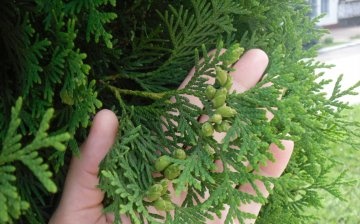


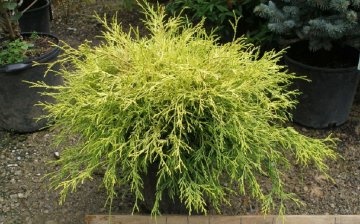
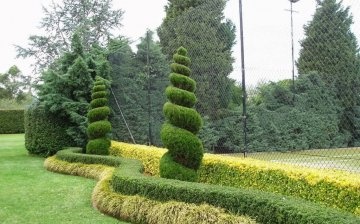
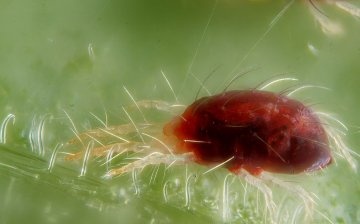
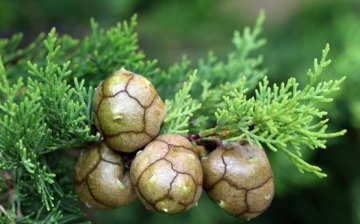







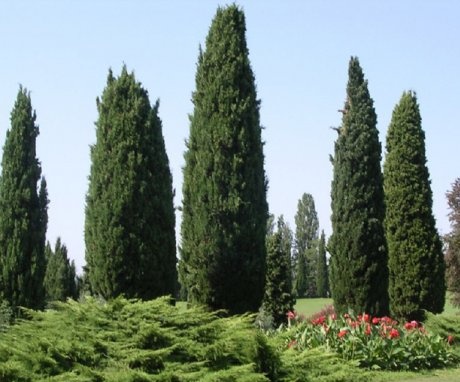
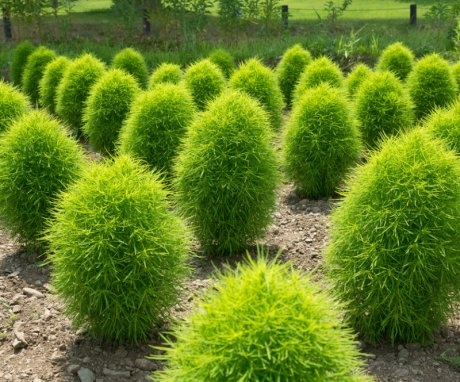

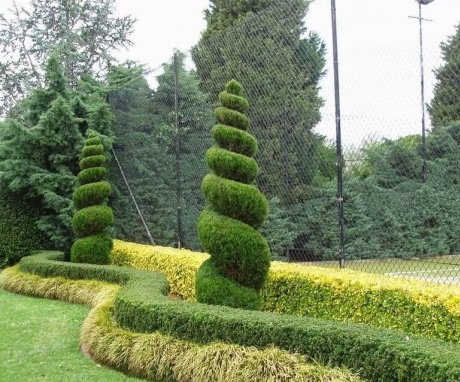
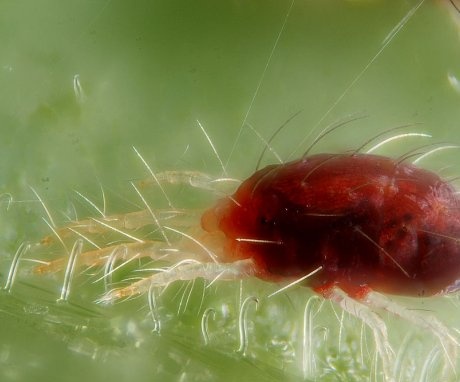
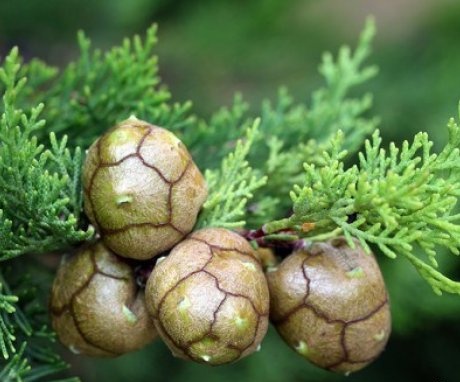
My neighbor grows cypress, when planting, sand, peat and humus were poured into the soil. And everything would be fine, but I overdid it with watering, almost ruined the plant, but saved it. It needs to be watered often, but in moderation.
Definitely, the cypress requires care and it must be a person with experience. In the shade, this tree will lose its decorative effect, and if you plant it where there is a lot of sun, its leaves will not withstand the burning, sun rays.
The cypress grows outside the outskirts. I will not say that I know the variety, but it has already grown above the fence. A pleasant enough tree and the cypress does not require special care from us. On hot days, water only.